
views
Planning Your Restaurant

Design your niche. Think about who you want to cater to, and how you intend to serve them. Of course pet owners are part of your clientele, but that can cover a variety of people. You also want to think about the atmosphere of your restaurant. This includes the kind of service your customers will get. Will you have a wait staff to take orders, or will customers place an order to pick up when the food is ready? For example, “empty nesters,” people in their 50s and early 60s whose children have moved out, may have dogs, but when they dine out they are usually looking for a more upscale restaurant. They probably won’t enjoy a place where you pick up food from a window, which may be a necessary step to keep your servers from touching the dogs.

Make sure you can be dog friendly. All restaurants must follow health and safety codes, which may include statements about allowing dogs. In most cases, you must keep dogs away from areas where food is prepared. Check that the code passed by your state and municipality allows for dogs, if they must be kept outdoors, and any other restrictions there may be. The federal government does not issue health codes, only recommendations from the Food and Drug Administration (FDA). The only federal law that deals with dogs in restaurants is the Americans with Disabilities Act, which requires that service and guide dogs are allowed. There are no federal laws banning dogs from restaurants, and your restaurant cannot be punished by the federal government for allowing them. Even if you are not allowed to let dogs at your restaurant, you can apply for a variance which will allow you an exception. To get a variance, you will need to demonstrate that you are taking steps to prevent whatever violations would otherwise happen if you allowed dogs. For example, you may require that your servers wash their hands after touching or petting any furry visitors before handling someone’s food.
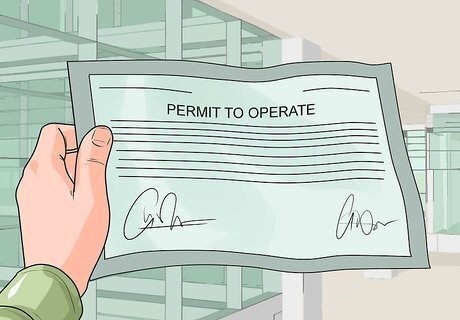
Get your restaurant permit. Any restaurant needs to be licensed by state and local governments before it opens. These usually involve health licenses, which require a visit from the health inspector, music licenses if you intend to play music, and a liquor license if you would like to sell alcohol. When you go to the local office for a permit, check if there are any licenses required to be dog friendly. You will need to fill out these licenses and wait for approval before opening your restaurant. A permit for a dog patio in Maricopa County, Arizona, for example, will require you to document and prove how dogs will access the patio, any signage for patrons, how you will prepare food and prevent cross-contamination, your procedures for cleaning the area, and what dog friendly chemicals you will be using for cooking and cleaning.

Design an outdoor area. Location matters when choosing the spot for your restaurant, and you’ll need to be accessible to dog owners. You will probably keep customers and pets in outdoor seating areas, which means you’ll need tables and chairs for outside use. People will need to be able to access this area without going through the main dining area. If you live in an area that gets cold for part of the year, consider heaters and fire pits to keep the area warm and comfortable. You probably won’t be able to enclose the space, even temporarily. If you have the space, you can also create an outdoor play area for visiting dogs. This can be an open space near your restaurant for dogs and their owners to play and run around. More expansive restaurants can have toys, dog runs, or other fun activities for canines.
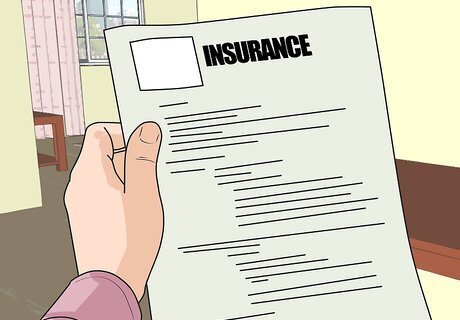
Get insurance. Like with any significant investment, you’ll want to purchase insurance coverage to make sure you are protected from risks from accidents, injuries, or other disasters. In many states, you will be required to purchase certain kinds of insurance as part of running your business, especially if you have employees, such as workers’ compensation, unemployment, and disability insurance. In the case of a dog friendly restaurant, insurance coverage can protect you from issues that may arise from having dogs in the restaurant. These could be staff or customers tripping over dog leashes, or getting hurt by a dog, or someone injuring themselves after being startled by a dog’s bark. Depending on where you are, you may be liable if a dog gets loose, and injures other dogs or pedestrians outside the restaurant.

Hire employees. A restaurant is a pretty labor-intensive undertaking, and you’ll need lots of people there to help you keep things running smoothly. Staff positions can include chef or cook, waiters, and janitors. Make sure these people will be comfortable working around dogs, and aren’t allergic. You’ll need some guidelines to make sure your employees carefully follow health code regulations around the dogs. Make sure employees limit their physical contact with the dogs, especially if they are handling food. You should probably require that they wash their hands if there is any contact. Make sure your employees’ taxes are sorted out as well. Your workers need to fill out both the I-9 Form (for employment eligibility) and W-4 Form (for taxation). Keep all your employees' tax forms filed for easy reference.
Getting People to Bring Their Dogs
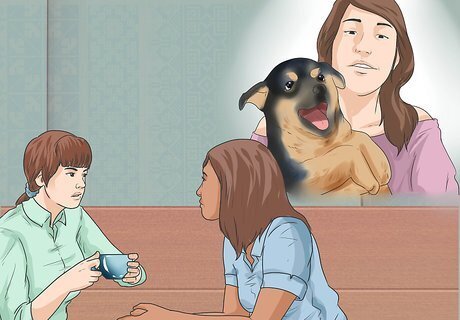
Let people know you are dog friendly. When you are marketing your restaurant to the community, make sure people know that they can bring their dogs. Your advertisements should encourage people to bring dogs. Post notices in areas with dog lovers like pet stores, kennels, obedience schools, and dog parks. Consider have specials and deals involving people who bring their dogs. You can designate “Dog Days,” specific days or times where you offer deals only for people who do bring dogs, or donate gift certificates to animal shelters for people who adopt pets. Just make sure any giveaway identifies your business name, location, times you are open, and if there are any restrictions. You should also make sure people know that you are dog friendly in case they would rather not eat there. Some people are allergic, or maybe don’t want to deal with having dogs nearby when eating. Making that clear before people come in can avoid difficult situations.
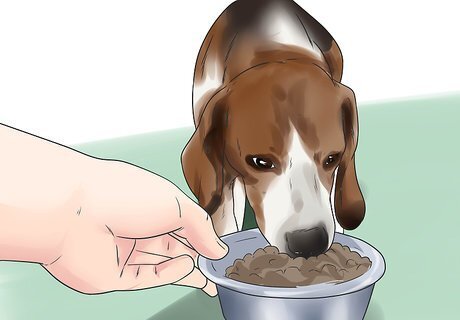
Provide food for dogs. Many dog friendly restaurants will provide food or treats for dogs that visit. A bowl of treats can be a nice addition to give furry patrons another thing to enjoy while at your restaurant. If you really want to encourage people to bring dogs, consider providing meals, even beyond a bowl of kibble. Just make sure you are providing food that is safe for dogs to eat. Meats like shrimp, eggs, turkey, pork, and tuna are good choices, along with things like corn, yogurt, honey, and peanuts. Avoid foods and flavorings like chocolate, cinnamon, garlic, ice cream, almonds, or macadamia nuts.

Create a place for the dogs’ waste. In addition to being toxic, dog waste also smells, which won’t help in attracting customers. Many state and local governments require that dog waste is cleaned up from public places. Make sure you have a space for visiting dogs to do their business, and a place to get rid of it properly. To help keep your space clean, and prevent your staff from having to do the extra work, encourage your customers to clean up after their dogs. Make sure you have a supply of bags and separate trash bins for people to use.
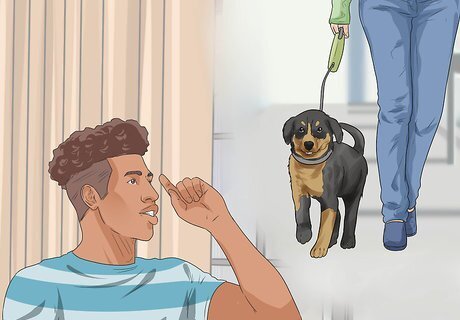
Consider limitations. There are many dog breeds out there. Depending on your surroundings, you may want to be careful about how many and what kinds of dogs you allow at your restaurant. You may only allow a certain number of dogs to be at your restaurant, or avoid certain breeds due to concerns about behavior. Another rule to consider is requiring that customers remain with their dogs, or at least keep them on a leash. Some states may even require it in their licensing requirements, so make sure you are clear on that point. Whatever rules you come up with for your visitors, make sure those are clearly listed somewhere so everyone can see them. While you hope that people will pay attention, you should be prepared to remove people and their pets if they have a problem following the rules.
Opening Different Kinds of Restaurants

Open a bar or drink cafe. In some cases, you can allow dogs inside as long as you don’t serve any food beyond pre-packaged snacks, like pretzels or potato chips. Depending on your location, your patrons will be able to bring dogs inside since there is no food to prepare. Just make sure you know how much and what type of food qualifies you as a “restaurant” according to local regulations.
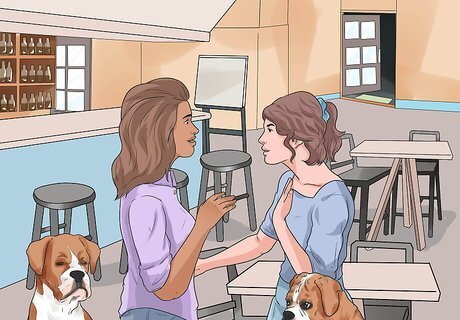
Start a private club. Another way to get around restaurant regulations is to open a private club where members are allowed to bring their dogs. People can join the club and pay dues, annually or monthly, for access to the restaurant and whatever other amenities you choose to offer. Rules will vary depending on where you are, but by restricting your business only to members and their guests (and not the general public), you may be outside the jurisdiction of some health codes. Make sure you know what makes you legally a private club. In North Carolina for example, only members and their guests are allowed to patronize the club. Employees or “the House” (that's you as the proprietor) cannot admit patrons who are not members.
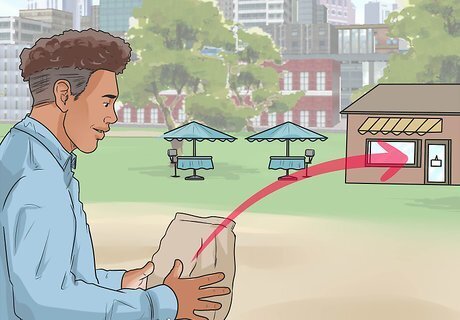
Let people bring outside food. You can create a location where people can gather to eat and enjoy meals that they get from other places. You can allow people to bring food from elsewhere, or even provide take-out or delivery menus from other nearby places that can be delivered to your location. Consider setting up some music or TVs for additional entertainment, and encourage patrons other than dog owners.




















Comments
0 comment